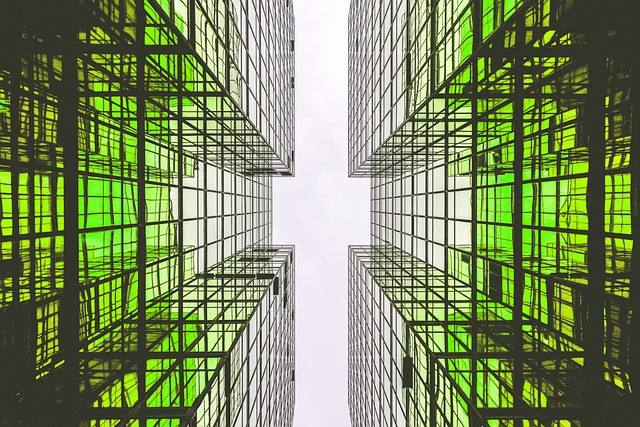In the ever-evolving world of photography, staying updated with the latest trends is paramount for both amateur and professional photographers. As we delve deeper into the realm of exposure, we find that the interplay between optics and camera technology continuously shapes our photographic experiences. This post explores these trends, focusing on how they influence our approach to capturing images.
Understanding exposure is crucial for anyone interested in photography. It serves as the foundation for creativity, allowing photographers to manipulate light in ways that convey mood and evoke emotions. Whether you’re using a smartphone camera or a professional DSLR, mastering exposure enables you to create compelling visuals.
One of the most exciting trends in modern photography is the growing emphasis on advanced optics. Innovations in lens design have opened up new possibilities, allowing photographers to achieve stunning effects that were once deemed impossible. From ultra-wide-angle lenses that capture expansive landscapes to macro lenses that reveal the intricate details of small subjects, the right glass can profoundly impact how we perceive light and depth in a photograph.
In recent years, there’s been a noticeable shift towards lenses that offer faster apertures. Photographers are increasingly gravitating towards prime lenses with wide maximum apertures, such as f/1.4 or f/1.8, allowing for better low-light performance and beautiful bokeh. This trend not only enhances creative storytelling but also encourages experimentation with depth of field, enabling photographers to isolate subjects like never before.
Another notable trend is the integration of smart technology within cameras, which has revolutionized how exposure is controlled. Automated features such as exposure compensation and smart metering systems provide photographers with the tools to manage light more efficiently. While manual settings remain a staple for traditionalists, many find comfort in the blend of creativity and technology that contemporary cameras offer.
Moreover, the rise of mirrorless cameras has significantly influenced exposure techniques. These cameras often provide real-time exposure preview, allowing photographers to see how their settings interact with light in real-time through the electronic viewfinder. This feature has made it easier for individuals to experiment with different exposure settings without the fear of making irreversible mistakes.
Beyond the equipment, trends in photography also encompass the community’s evolving standards and aesthetics. With social media platforms dominating the photographic landscape, there’s an increasing demand for images that not only tell a story but do so with visual impact. Vibrant colors, striking contrasts, and unique compositions are more important than ever, encouraging photographers to explore unconventional exposure techniques that capture attention in a crowded feed.
Finally, the resurgence of film photography as a counter-movement showcases a collective desire to step back and appreciate the art form’s roots. This trend emphasizes the beauty of imperfections and the discipline required in managing exposure without the benefits of instant feedback. Photographers are returning to the basics, fostering a deeper connection with their craft as they master the nuances of light and shadow.
Adapting to the latest trends in exposure, optics, and camera technology is not just about keeping up with the crowd; it’s about enhancing one’s artistic vision and expressing individuality through photography. As these trends continue to evolve, they serve as a reminder of the infinite possibilities that await behind the lens.



